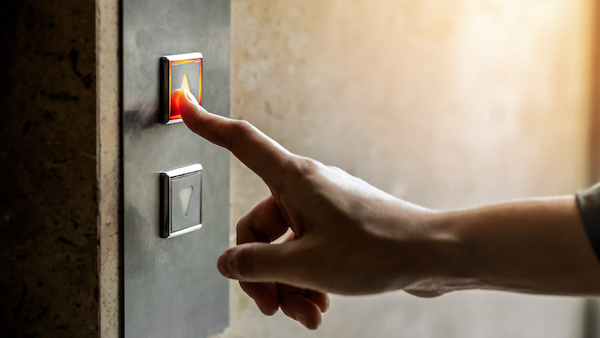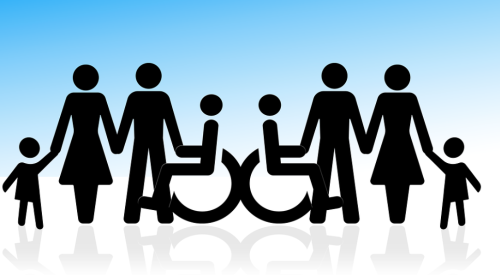America is getting older, and some homeowners are finding that they must part with their two-story dream home for a smaller ranch to accommodate their parents' failing legs—or their own. Including elevators in home design can make multiple-story homes more accessible for the elderly and those with disabilities while providing homeowners the framework for aging in place. This seemingly straightforward solution isn’t so simple at all, however. From lack of regulation to the high cost of installation, there are many ways that elevators can let homeowners down. Find out if an elevator is worth including in your next project.
For the Niles family a home elevator was a necessity. It meant they could remain in their house in Woodbridge, Va., and allow a child with a neuromuscular disorder to independently negotiate all three levels.
But when the elevator was installed, other uses surfaced. “Now that we have it, we started to realize our visiting parents with aging knees can get to the bedroom without climbing the stairs,” said Cheryl Niles. And when cargo needs to move between floors, like the recent artificial Christmas tree, bins of decorations and spools of lights, she added, “my husband and I use it as a giant dumbwaiter. I think we moved it all by sending the elevator up three times.”
It also means the Niles’s house is prepared for the day when the aging knees of Cheryl and husband Sean become an issue. “We have made it so my husband and I can stay here as long as we want to,” she said.











